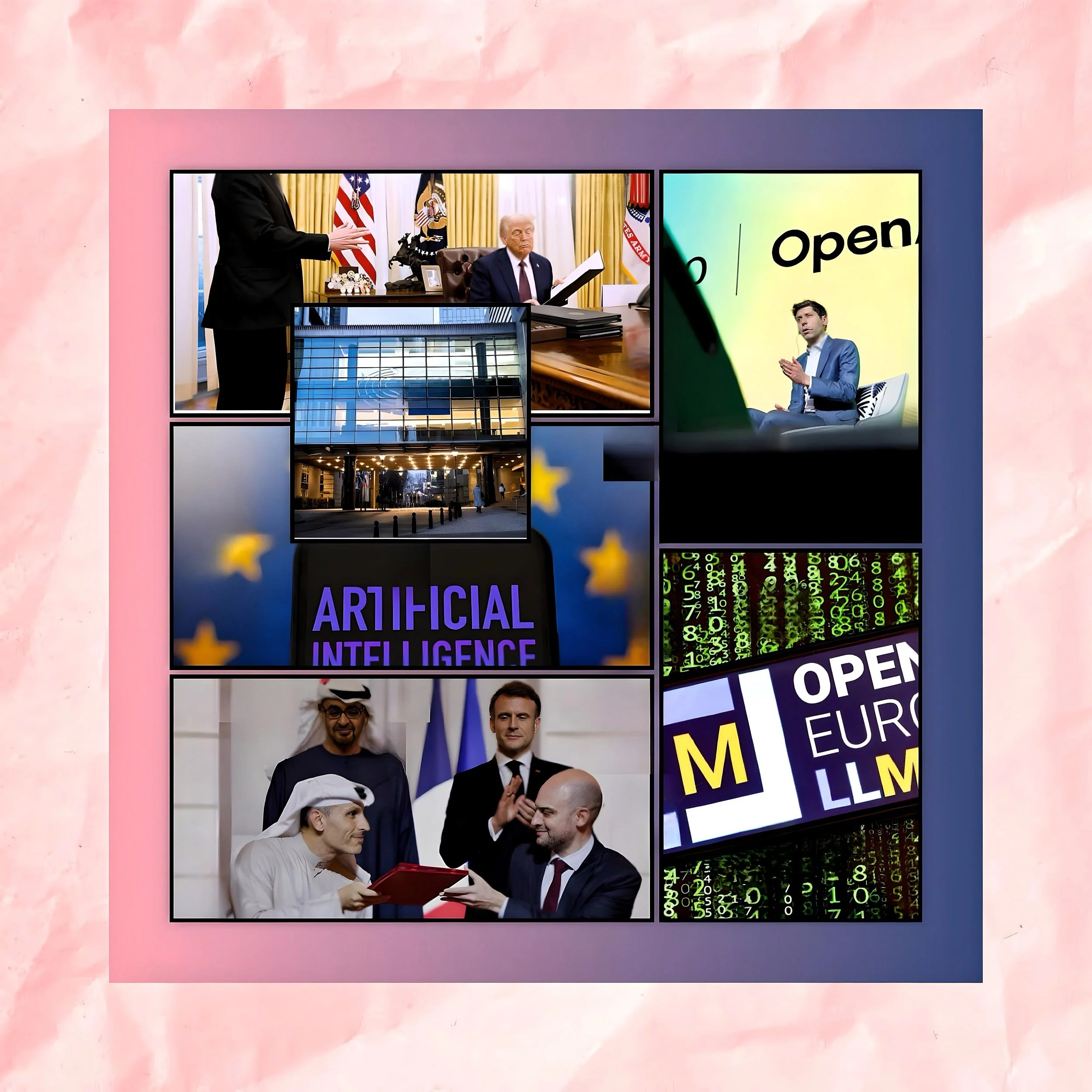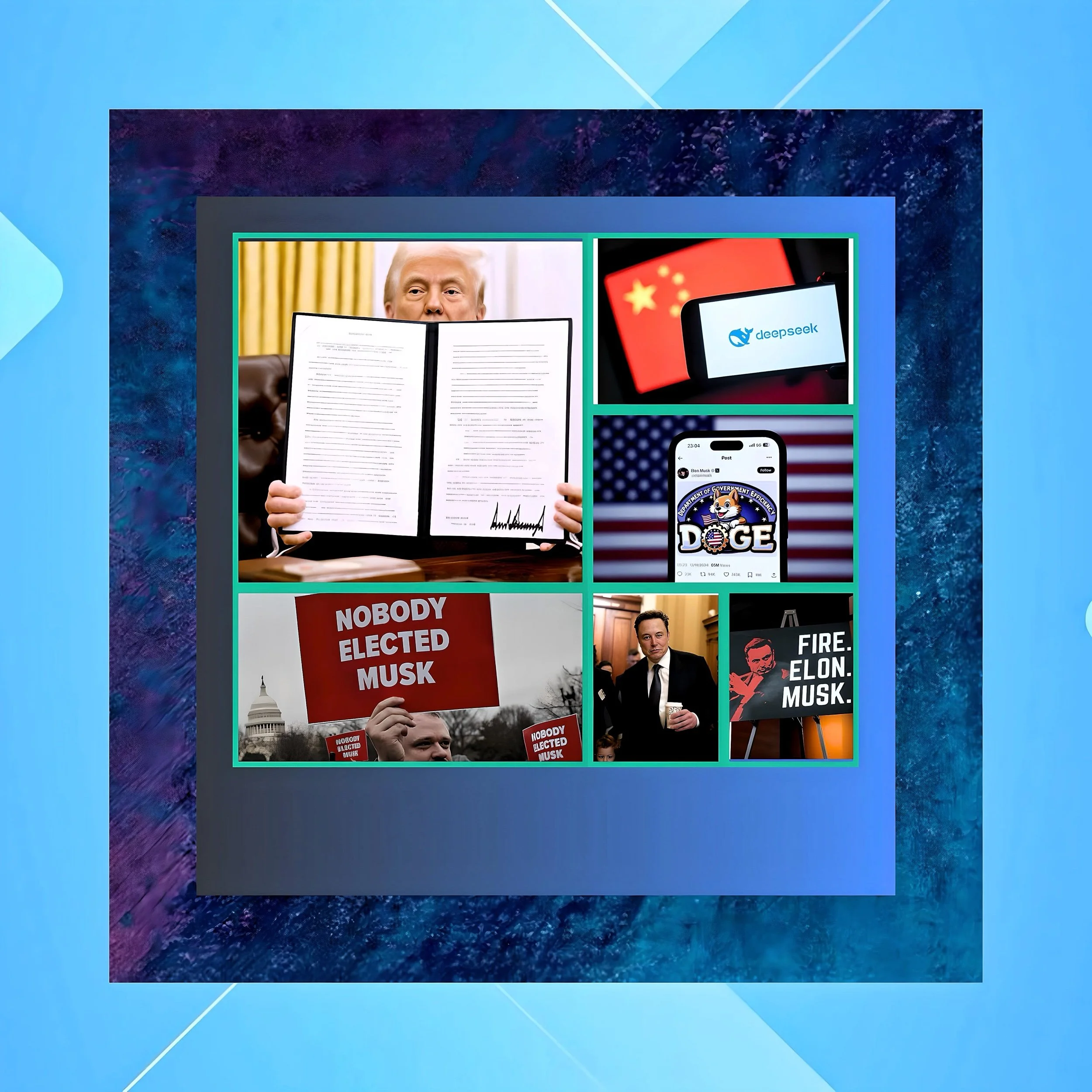Is EU and Trumps AI regulatory practices different? - Update 2
Introduction
The EU and U.S. AI regulatory approaches have diverged further under President Trump’s 2025 executive orders, amplifying preexisting contrasts between the EU’s precautionary framework and the U.S.’s innovation-centric strategy. Here’s how recent changes reshape the landscape:
Key Changes Under Trump’s AI Executive Orders
Revocation of Biden-Era Safeguards
Trump repealed Biden’s 2023 Executive Order 14110, which required federal agencies to assess AI risks, prevent discrimination, and support workforce upskilling.
Biden’s policies on AI bias audits, privacy protections, and worker displacement analyses were rescinded as “burdensome barriers” to innovation.
Shift to Deregulation and Industry-Led Growth
New Executive Order 14179 prioritizes removing federal oversight, directing agencies to suspend or revise prior AI rules inconsistent with “American AI dominance”.
Federal AI procurement guidelines (e.g., OMB memoranda M-24-10, M-24-18) are being revised to reduce compliance hurdles.
Focus on “Ideological Neutrality”
Trump’s order mandates AI systems be “free from ideological bias or engineered social agendas,” targeting Biden-era equity-focused policies like anti-discrimination guidance for federal contractors.
Centralized Innovation Strategy
A new “AI Action Plan” led by a White House AI & Crypto Czar (David Sacks) aims to streamline public-private partnerships and accelerate defense/tech-sector AI R&D.
Risks and Benefits
U.S. Deregulation Risks
Increased algorithmic bias in hiring, lending, and law enforcement due to revoked anti-discrimination guidance.
Fragmented compliance as states like California and Illinois enact their own AI laws (e.g., biometric privacy, hiring audits).
Lagging global influence: The EU’s AI Act may set de facto standards, disadvantaging U.S. exporters.
U.S. Deregulation Benefits
Accelerated AI deployment in healthcare (e.g., drug discovery) and national security.
Maintained tech leadership
U.S. AI R&D investment ($47B in 2023) dwarfs EU’s $4B.
Reduced costs for companies avoiding Biden-era reporting requirements (e.g., safety tests for frontier models).
EU Regulatory Risks
Compliance costs (~€300,000 per high-risk system) may drive startups to relocatePrevious Answer Context.
Slower adoption of generative AI tools compared to U.S. competitors.
EU Regulatory Benefits
Stronger protections against surveillance overreach and discriminatory algorithms.
Predictable rules for multinational companies via the “Brussels Effect”Previous Answer Context.
Conclusion
Trump’s orders mark a stark pivot toward AI deregulation, contrasting sharply with the EU’s rights-based framework.
While this fuels U.S. innovation and tech-sector growth, it risks amplifying societal harms from unvetted AI systems.
The EU’s stricter rules offer consumer protections but may cede economic ground. This transatlantic divide underscores a global AI governance vacuum, with implications for ethical standards, market access, and geopolitical influence.






